Introduction
In all fire disasters, fire smoke, heat and toxic fumes are the main obstacles to safe evacuation of a building or area. A major
contribution towards overcoming these hazards is the use of fire resistant and non-halogenated cables.
Features
- Fire resistance
- Long-term circuit integrity in a fire
- Low smoke and toxic gas emissions
- Flame retardant properties
- Zero halogen gases
- Ease and low cost of installation
Construction of Fire Resistant Cables
KEI Fire Resistant cable have been developed to maintain circuit integrity in a fire and to ensure maximum safe evacuation of personnel with no detrimental effects like toxic gases or smoke.
The Fire Resistant cable are constructed in the following typical format:
- Stranded / Flexible Annealed Copper Conductor
- Mica Tape Fire Resisting Barrier
- XLPE/EPR/EVA as Primary Insulation Material.
- Flame Retardant LSZH, PVC as Bedding or Sheathing Material.
Fire Resistant cable may be single-core or multi-core constructions. The cable may be unarmored, armoured, braided, with or
without metallic screened depending on our customer’s specific application
International Standards
| Fire resistant | Flame retardant | Smoke emission | Acid gas emission | Oxygen index |
|---|---|---|---|---|
| IEC 60331; BS 6387: BS 8491: BS 8434/2 | IEC 60332- 1 & 3 | ASTM – D – 2843 | IEC 60754 | ASTM – D – 2863 |
Testing Categories
The Fire Resistant cable may categorized by a letter symbol (e.g. A) or series of symbols (e.g. CWZ) in according to the
requirements for fire resistance characteristics which they meet, the test temperature selected and the duration of the test for
resistance to fire alone in according to BS 6387 as below
| Resistance to fire alone | ||||
|---|---|---|---|---|
| 650 o C for 3 hours | 750 o C for 3 hours | 950 o C for 3 hours | 950 o C for 20 minutes (short duration) | |
| A | B | C | S | |
| Resistance to fire with water |
|---|
| W |
| Resistance to fire with mechanical shock | ||
|---|---|---|
| 650 o C | 750 o C | 950 o C |
| X | Y | Z |
Flame Retardant vs Fire Resistive – What’s the Difference?
There is a vast difference between cables that are rated flame retardant and those that have earned the rating fire resistive.
Flame retardant cables resist the spread of fire into a new area, while fire resistance cables maintain circuit integrity and continue to work for a specified time under defined conditions. Fire resistant cables continue to operate in the presence of a fire and are commonly referred to as circuit integrity cables. The differences between the two ratings are significant for the critical circuits required for life safety or a safe and immediate plant shut down. Additionally, Flame retardant cables are not rated to continue to operate in a fire, and in all probability will not maintain circuit integrity during a fire. The differences between flame retardant and fire rated/fire resistive cables can be
seen in the test descriptions shown below.








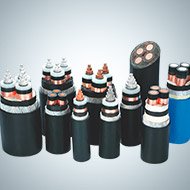
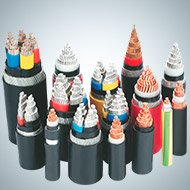

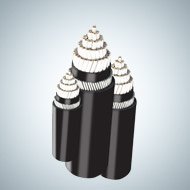

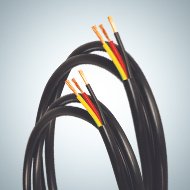


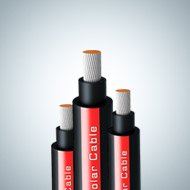
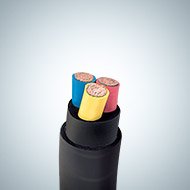
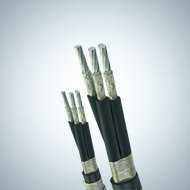
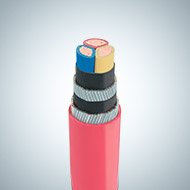


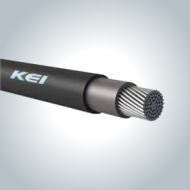

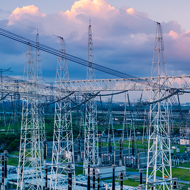



























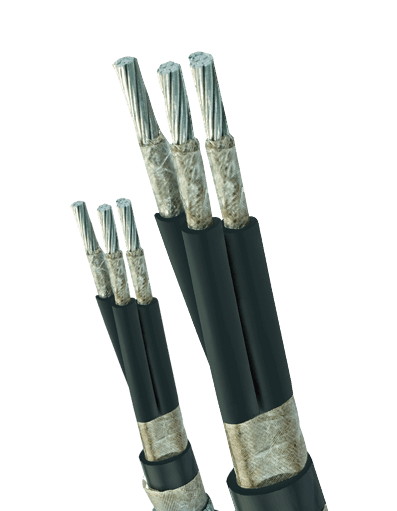






 Subscribe Newsletter
Subscribe Newsletter